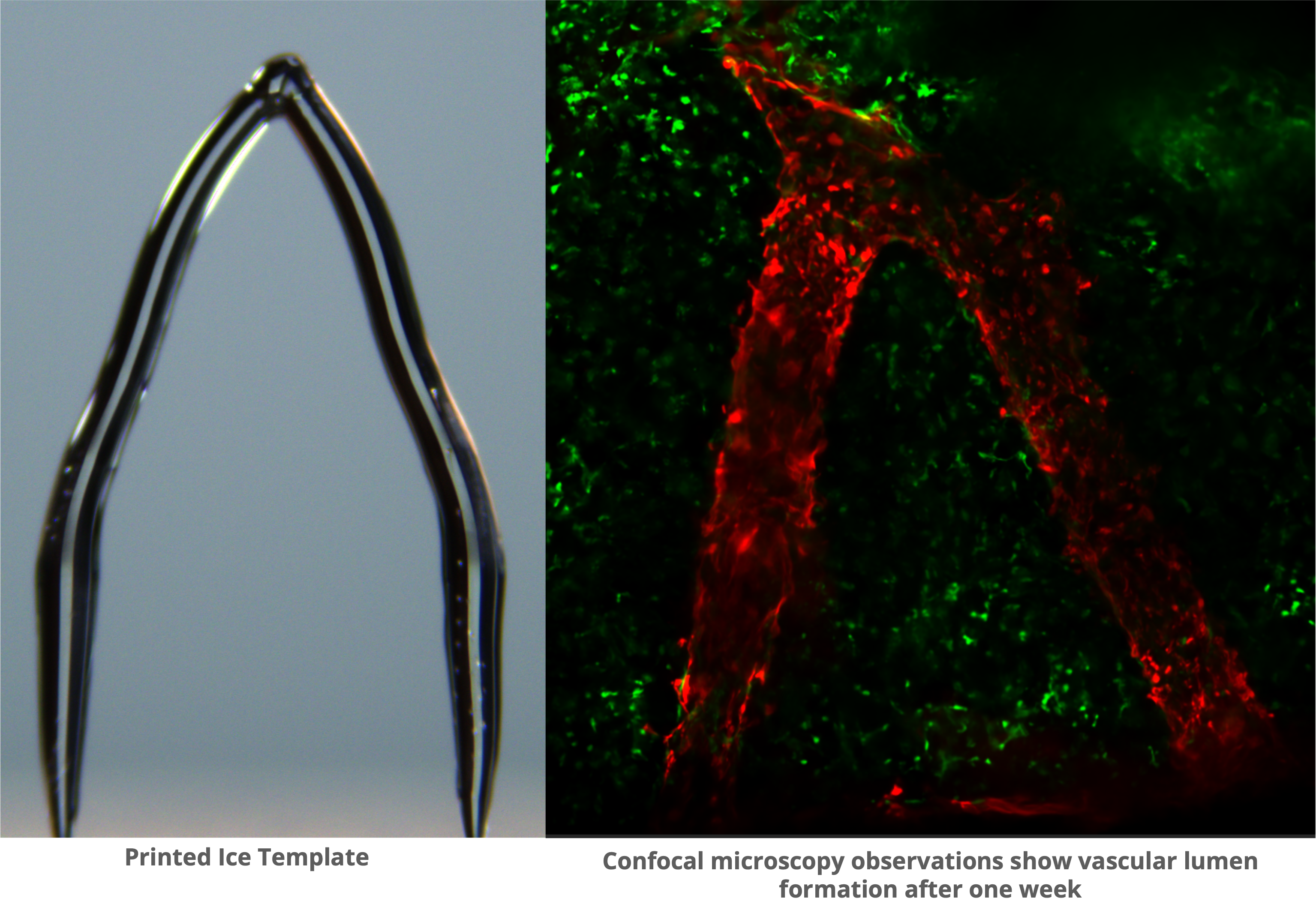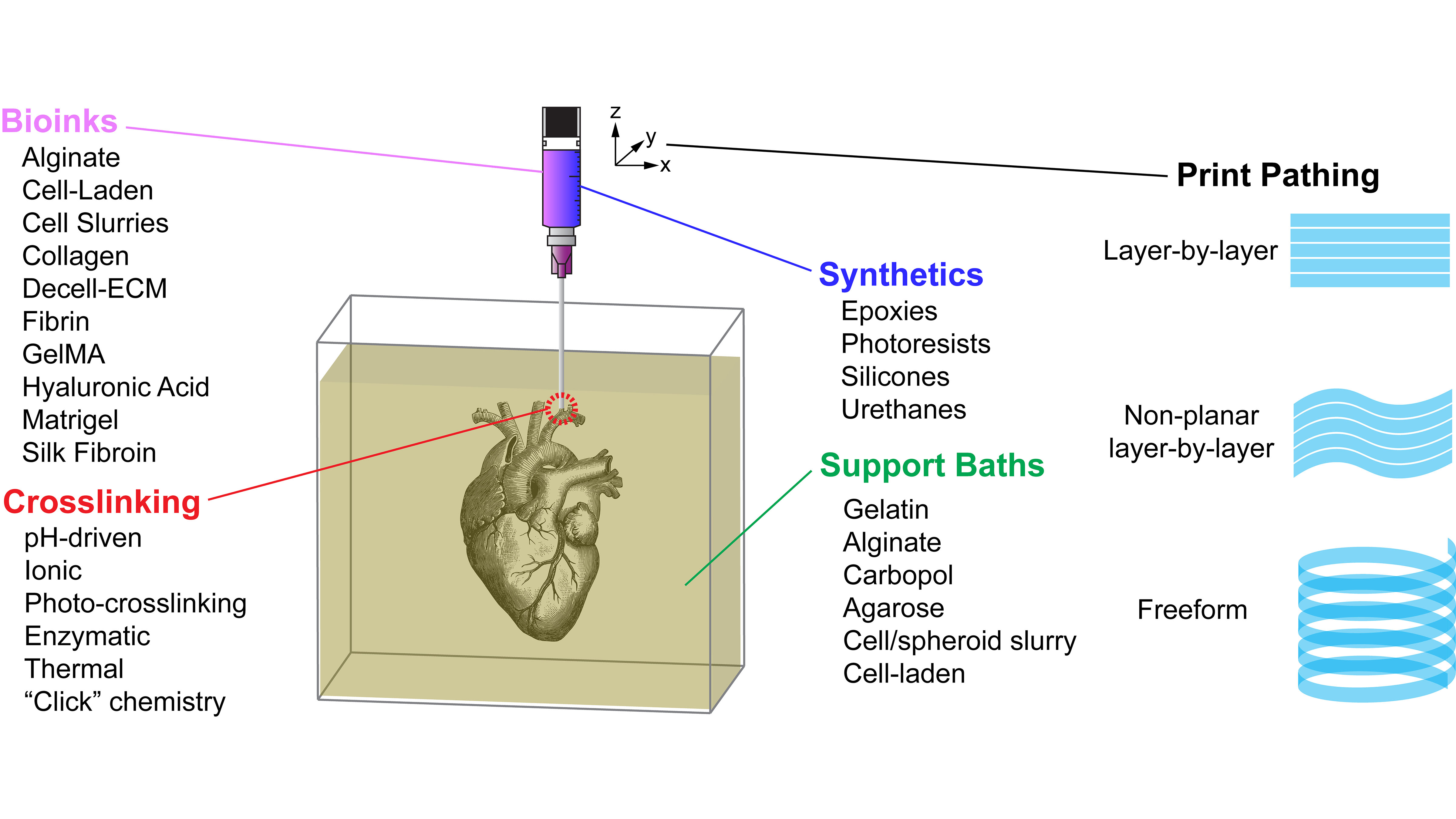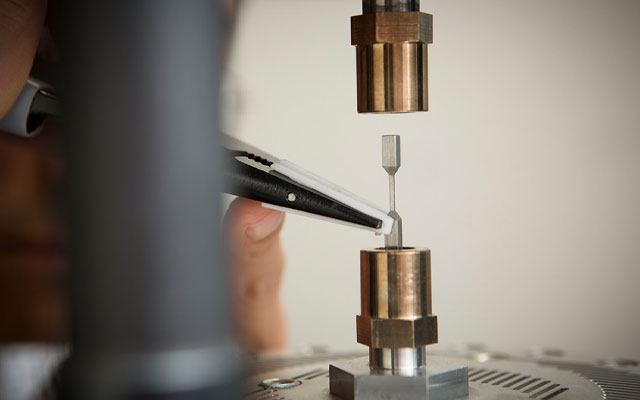Over 100,000 individuals in the United States are currently in need of organ transplants. The demand for organs, such as hearts, kidneys, and livers, far exceeds the available supply and people sometimes wait years to receive a donated organ.

news, journals and articles from all over the world.

Over 100,000 individuals in the United States are currently in need of organ transplants. The demand for organs, such as hearts, kidneys, and livers, far exceeds the available supply and people sometimes wait years to receive a donated organ.
Soft robotics is the study of creating robots from soft materials, which has the advantage of flexibility and safety in human interactions. These robots are well-suited for applications ranging from medical devices to enhancing efficiency in various tasks.
A new system that brings together real-world sensing and virtual reality would make it easier for building maintenance personnel to identify and fix issues in commercial buildings that are in operation.
The U.S. Department of Energy (DOE) today announced the selection of Los Alamos National Laboratory (LANL) to lead a $9.25 million collaborative project in nuclear energy research through the Scientific Discovery through Advanced Computing (SciDAC) program. SciDAC brings together experts in science and energy research with those in software development, applied mathematics, and computer science to take full advantage of high-performance computing resources. This project will advance modeling the behavior and properties of structure materials under molten salt conditions.
Computer scientists recently examined the performance of dialog systems, such as personal assistants and chatbots designed to interact with humans. The team found that when these systems are confronted with dialog that includes idioms or similes, their performance drops to between 10 and 20 percent. The research team also developed a partial remedy.
Researchers have found that matching the locations of faces with the speech sounds they are producing significantly improves our ability to understand them, especially in noisy areas where other talkers are present. In the Journal of the Acoustical Society of America, they outline a set of online experiments that mimicked aspects of distracting scenes to learn more about how we focus on one audio-visual talker and ignore others.
New research suggests that cooperative strategies for sharing emergency power among households can be 10 to 40 times less costly than running individual gas-powered generators
A new study in the journal Risk Analysis suggests that countries representing more than 80 percent of potential growth in low-carbon electricity demand—in Asia, the Middle East, and North Africa—may lack the economic or institutional quality to deploy nuclear power to meet their energy needs. The authors suggest that if nuclear power is to safely expand its role in mitigating climate change, countries need to radically improve their ability to manage the technology.
ROCKVILLE, MD – Biophysical Reports, the new fully Gold Open Access journal offered by the Biophysical Society (BPS), is now accepting submissions.

Research into 3D bioprinting has grown rapidly in recent years as scientists seek to re-create the structure and function of complex biological systems from human tissues to entire organs. In APL Bioengineering, researchers from Carnegie Mellon University provide perspective on the Freefrom Reversible Embedding of Suspended Hydrogels 3D bioprinting approach, which solves the issue of gravity and distortion by printing within a yield-stress support bath that holds the bioinks in place until they are cured.

The National Science Foundation has awarded a $1 million Research Advanced by
Interdisciplinary Science and Engineering (RAISE) grant to a multidisciplinary team of researchers at the San Diego Supercomputer Center (SDSC) at the University of California San Diego, the University of Minnesota, Carnegie Mellon University, and Cornell University to create the X-ray Imaging of Microstructures Gateway (XIMG), a science gateway designed to make it possible for global material sciences researchers to study the behavior of new and existing materials using X-ray diffraction.